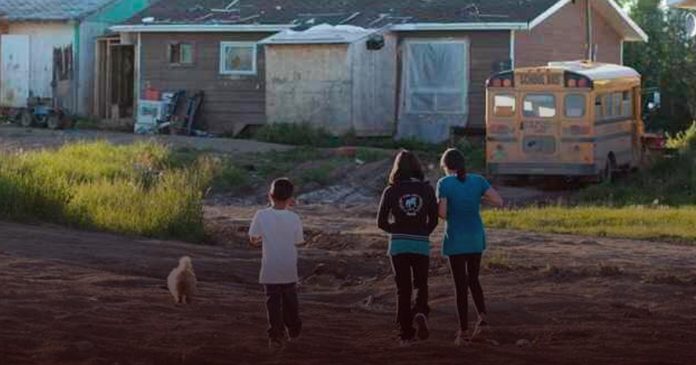Federal funding for Indigenous communities quadrupled between 1981 and 2016, but this has done little towards closing the gap between First Nations and non-First Nations communities, a new report finds.
The report, published by the Fraser Institute and prepared by University of Calgary professor Tom Flanagan, shows that despite the increases in funding, there’s been little change in Indigenous poverty and income inequality.
Since 1981, the gap measured in the Community Well-Being Index, a report that measures the quality of life through indicators like education, labor force activity and income, has only changed from 19.5 to 19.1 between First Nations and other Canadian communities.
Before reconciliation efforts by the current government, the rate of increase to federal funding for Indigenous programs grew by 2.5% annually. Trudeau doubled that rate shortly after taking office in 2015. The report states that Indigenous spending is now the federal government’s largest program expense, second only to national defence.
In combination with provincial expenditures and revenue from First Nation governments, more money is being spent on Indigenous initiatives than has been for the last 25 years.
These programs are now being called into question by the report, as the goal was to reduce income inequality between Indigenous and other communities. The last 25 years of funding has proven to be ineffective at tackling the issues facing northern communities despite increases to funding across federal, provincial and municipal levels.
The largest promise was to eliminate water advisories on reserves by March 2021, with an investment from the federal government of $1.8 billion. This goal will not be met.
The initiatives also focus on the lack of economic pricing for water and sewage, housing and education, but the report also paints a grim picture for these areas as well. Building newer and nicer homes will not be useful for long, as government ownership does not incentivise investment or maintenance, implying funding is not the root of the issue.
According to the report, the largest issue facing First Nations is the dearth of economic opportunity. With 70% of First Nations communities located more than 50 kilometres away from the nearest town or city and 20% of those lacking all-weather access roads.
While the report paints a damning picture of the effectiveness of the “flood of money” on Indigenous poverty, it suggests that the best option for remote community prosperity is the investment in infrastructure and natural resource development.
By investing in roads, railways, pipelines, powerlines and communications towers and allowing private companies to have a place in their building, First Nations communities would be better connected to the economy, the report says
In tandem with the development of natural resources like forestry, oil and gas or mineral mining, Indigenous communities would be much better equipped to tackle the persistent issue of income inequality.





















